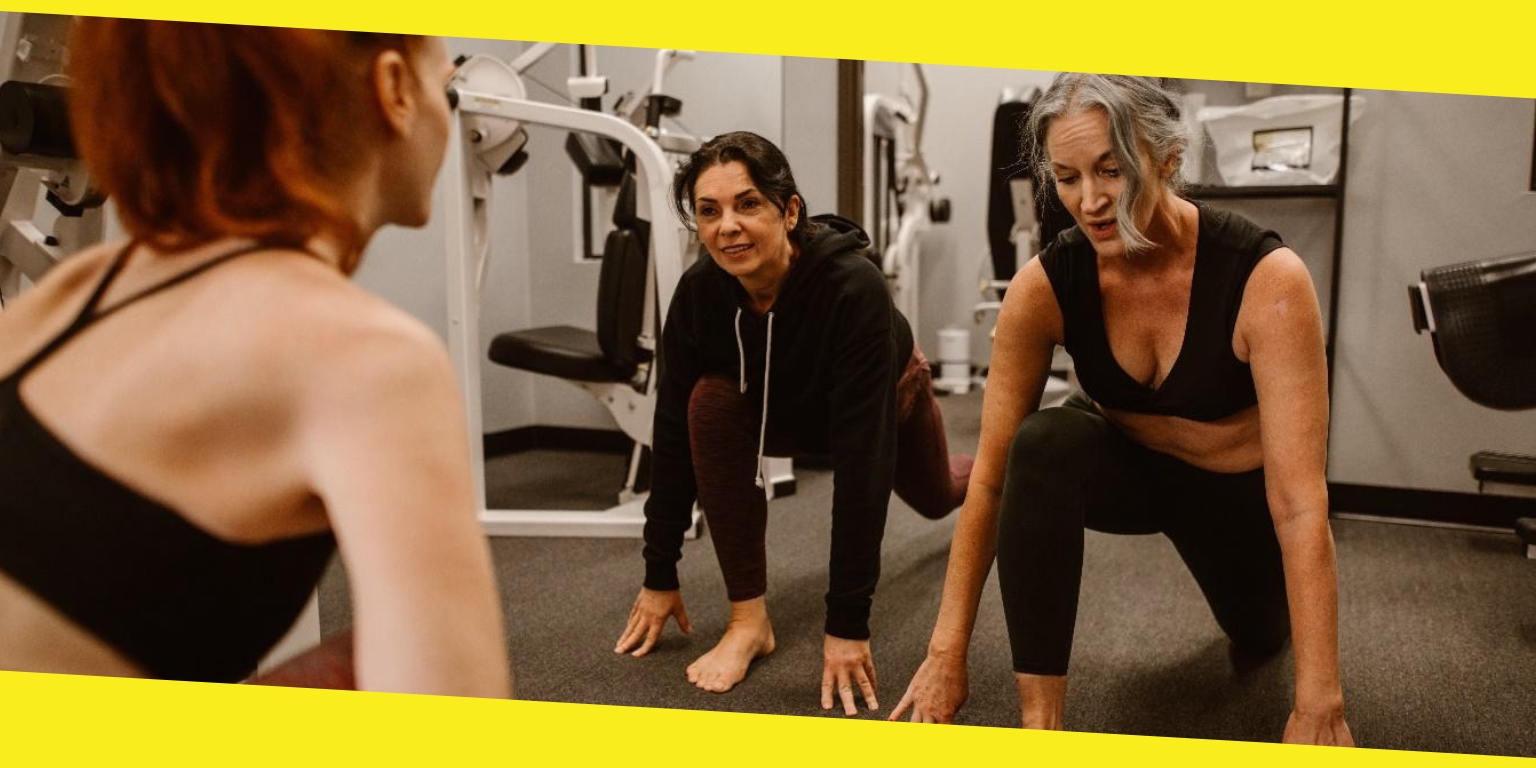Back To Running After Having A Baby: The Pelvic Floor

The arrival of a newborn is an exciting time in life. It’s a time for family and connection, but the post-partum period is also a time of healing and recovery, especially for the pelvic floor. New mothers might feel ready to start running, but it’s important that the body is physically ready too. Running is a high-impact activity, and even experienced runners will be impacted by the pregnancy and delivery.
The postnatal body needs time to recover, and certain muscles will need more attention than others during the rehabilitation. Before lacing up to hit the pavement, it’s a good idea to find a women’s health physiotherapist for advice and guidance on how to get back to running after having a baby.
Contents
ToggleIs Running After Having A Baby Safe?
Yes, running after having a baby is safe in most cases, however the timing will be different for everyone. It all depends on the individual as postnatal recovery is affected by many factors, including the delivery, personal health, hormones, biomechanics, the stage of recovery, complications, and much more. Whilst some women might be ready at 12 weeks postpartum, the time might not be right for others.
Running Too Soon After Delivery
Returning to running too soon can lead to discomfort or injuries. The pelvic floor and abdominal muscles are particularly vulnerable to the pressure of running. Jumping back to training too soon can cause issues with pain, incontinence, abdominal diastasis, pelvic dysfunction, and even prolapse. A women’s health physiotherapist can help determine when the time is right for each individual to avoid these negative outcomes.
The Core And Pelvic Floor Muscles
The pelvic floor acts as a hammock to support the bladder, bowels, and organs. The pelvic floor is part of the larger “core” muscles, which includes the abdominal and pelvic muscles, back muscles, and diaphragm.
Weakness, dysfunction, or poor activation and control in any of these areas can compromise how the body copes with the load of running. Other parts of the body may try to “compensate”, leading to a host of problems in other areas of the body, such as the hips and back.
Rebuilding After Delivery
Getting the body ready for running isn’t just about building strength in the legs. The key is to take it slow using a structured rehabilitation plan under the guidance of a women’s health physiotherapist to gradually increase tolerance.
Physiotherapy may include:
- A progressive resistance training program
- Low-impact activities like swimming, cycling, or walking
- Exercises to build endurance, starting simple and progressing to pre-running movements
- Balance and flexibility exercises
- A clinical Pilates or exercise class
It’s important to look out for any symptoms that arise during the process, from pain to excess fatigue, or anything else unusual. Reach out to the physiotherapist for advice.
Rehabilitation Before Running
Women’s health physiotherapists are the best starting place for the postnatal period. Supervision and an individualised rehabilitation program is critical for success. Get in touch with our women’s health physiotherapy team at Evoker for support on getting back to running after having a baby.
Recommended For You
Everything You Need to Know About CBD
Most Inside
Most Inside offers high-quality recommendations and valuable updates to enhance all aspects of your life, providing premium guidance and enriching experiences.




